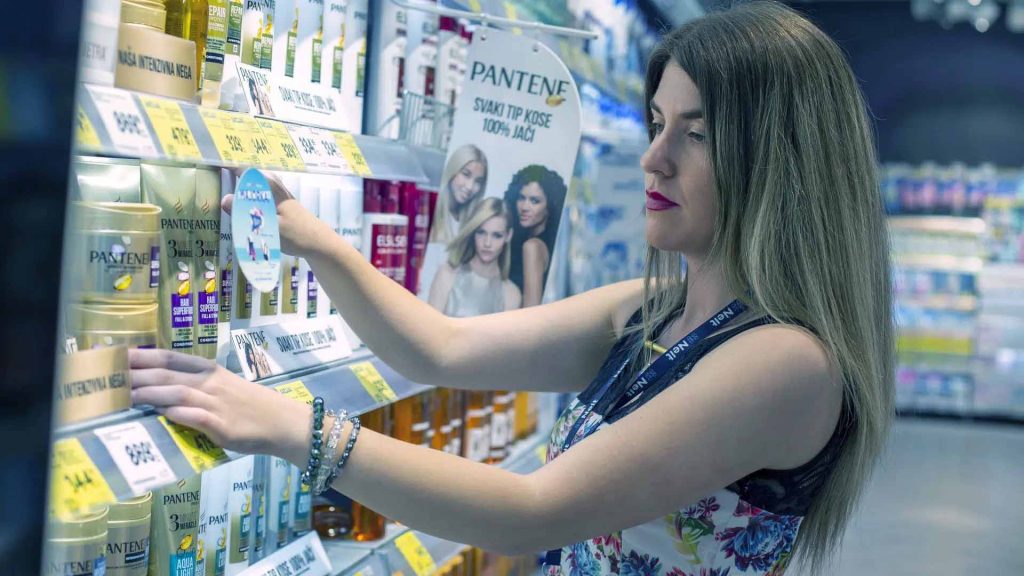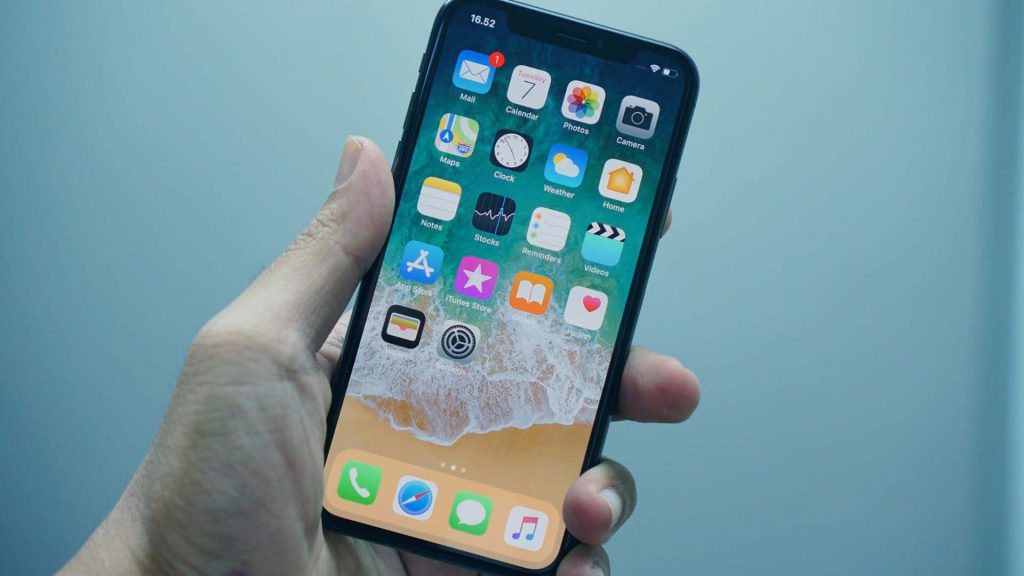Previously, I wrote about experiential marketing being a much more effective communication tool to grow brand equity and create purchase intent compared to traditional media. Nowhere does that investment in experiential marketing pays off more than at the point of sale with trade marketing tools.
The moment of truth
Former Chairman, President, and CEO of Procter and Gamble A.G. Lafley dubbed it ‘the moment of truth.’ He urged his vaunted P&G marketing team to start with the moment where the money changes hands in the retailer and then work backwards to implement critical marketing communication activities that set up a positive result when the consumer makes the purchase decision – the moment of truth. As an example, the P&G Pampers brand team in Poland worked with the sales team through a coordinated marketing/sales function P&G calls Operational Marketing. They developed their trade marketing strategy by aligning the brand needs of the Tesco retail chain with the brand strategy of Pampers and the needs of new moms out shopping with their babies to create changing stations in all the Tesco stores in Poland.
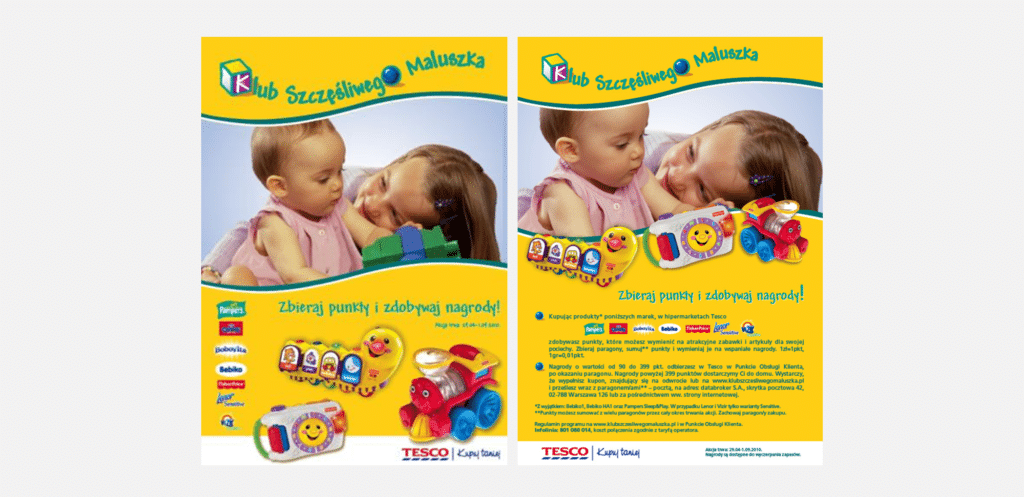
This may seem like an obvious solution to build the Pampers brand, make Tesco even more appreciated by their customers, and give anxious new moms a chance to experience the functional benefits of fit and comfort, combined with the emotional benefit of confidence knowing they have non-leaking diapers on their child while shopping and doing other activities outside of the home, something only Pampers can provide. But it took a bit of smart marketing to get to this brand and retailer partnership result. The brand team knew their functional and emotional brand benefits and what they wanted to communicate. But what they didn’t know was what the retailer’s positioning was and how they could find a win-win in building both Tesco’s brand as well as their own. They needed Tesco to work closely with them on trade marketing at the moment of truth.
Relationship with retailers
Old-school trade marketing isn’t marketing at all; it is pure selling. And as salespeople everywhere know, nothing sells like a special price discount. Or so conventional thinking goes. This type of thinking creates a symbiotic relationship with retailers whereby the manufacturer’s salesperson calls on the category buyer and tries to get a spot in the chain’s weekly mailing to customers and the corresponding end-aisle display in-store. And as one retailer said to me early in my career when I was all excited about sharing the benefits of a new brand we were launching: “Paul, you don’t understand. We are in the real estate business. If you want more access to the customer traffic in our stores, you need to rent extra space and give us a better price.”
The conversation quickly pivoted to how much was I willing to pay in slotting fees to get on the shelf. How much I would pay in ad fees to be featured in the monthly flyer. And what price discount I could offer for the consumer during the promotional period. And I had to do better than the retailer’s closest competitor. We were not in a partnership relationship with that retailer; we were in a symbiotic relationship whereby we provided extra funding and fees in exchange for them giving us promotional access to what I considered to be our shared customer.
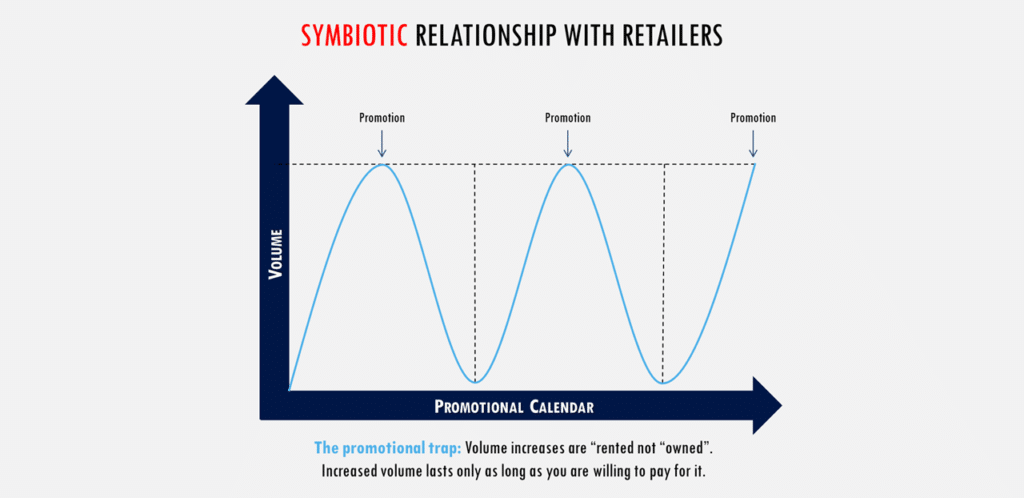
From a symbiotic to a synergistic relationship
Our team needed to transform the relationship. Both at P&G when I worked there and early in my career at Coca-Cola, we periodically tried to get around the powerful, commanding position of the retailer to try and shift consumers to other, more cooperative, albeit usually smaller retailers. We failed every time. As much as consumers like No. 1 brands such as Ariel (Tide in the US), Pampers, or even Coca-Cola, they are much closer to their local retailer. Shopping habits are hard to change. The retailer has the power in the relationship.
At one point in Hungary, Tesco proved that power and delisted all Coca-Cola products when we resisted special pricing discounts. We held out for a month or two, but the battle was lost before it had started; our market share decline was the casualty we left on that futile battlefield. We came back with a new model, a synergistic model that would align our brand with the retailers. Instead of our marketing guys talking to the sales guys like they were simply messengers and price negotiators, marketing started listening more to them and treating them as the marketing professionals they truly are. Sometimes we forget that the sales function is a crucial element in the total marketing strategy.
Communication opportunities on the consumer’s path to purchase
We had long used a path-to-purchase model in marketing that drew a line between what marketing communicated outside the store to create purchase intent and the various tools the sales team used to further create purchase intent convert that intent into an actual purchase decision by the consumer. What Lafley told his global P&G sales and marketing teams was to reverse the marketing flow, to start thinking about marketing communications at the point of sale (the moment of truth) and do that so well that even if they did nothing else, the packaging communication would jump off the shelf. Then work backwards to add more marketing elements to help them create purchase intent they’d be ready to convert at the point of sale.
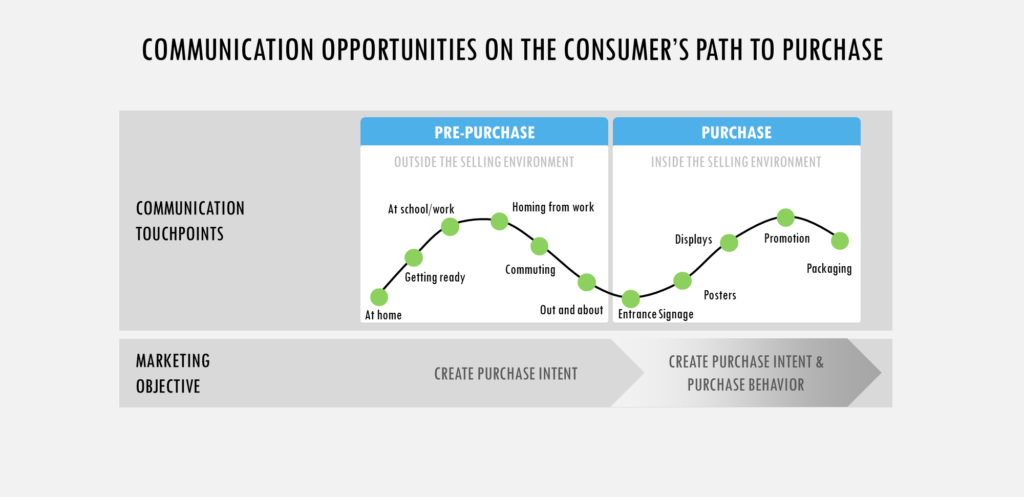
AriZona Iced Tea is a great example of trade marketing with packaging that really sells. I can’t remember ever seeing a single advertisement for the beverage, but I noticed the packaging and so did the consumer. As marketers, we get the importance of packaging. What we undervalue is how effective other in-store communications, such as displays, point-of-sale posters, racks, and signage, can be in positioning the brand so that within the store we’re not just driving purchase decisions (up to now primarily with price discounts), but also creating purchase intent. We simply must work with sales to market all the way through the path to purchase.
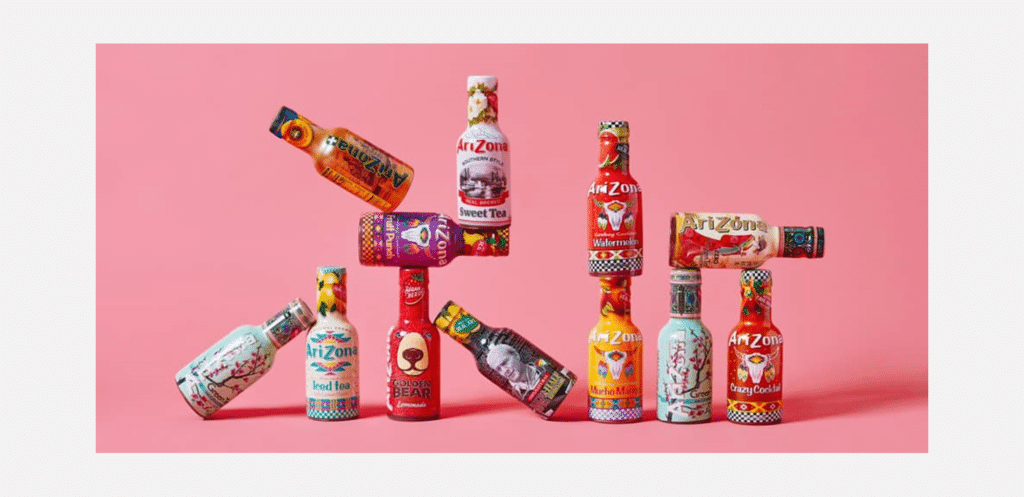
Synergistic relationship with retailers
Just as the brand guys understand their brand’s positioning, the sales guys know the benefits the retailers are trying to communicate to their customers. Don’t believe me? Ask your sales guys. If marketing worked more closely with sales, they could learn about each retailer’s goals and aspirations and correspondingly, identify the common ground linking how each retailer is positioning themselves competitively in the market with how we want to position our brand. Instead of just ‘renting’ space to drive short-term volume increases, what if we worked with the retailer to develop in-store communication tools and programs that increased our brand equity (purchase intent) as we drive short-term sales? What if, over time, with every promotion, quarter after quarter, year after year, we grew the positioning strength of our brand in collaboration with the retailer growing their brand at the same time? That’s a partnership!
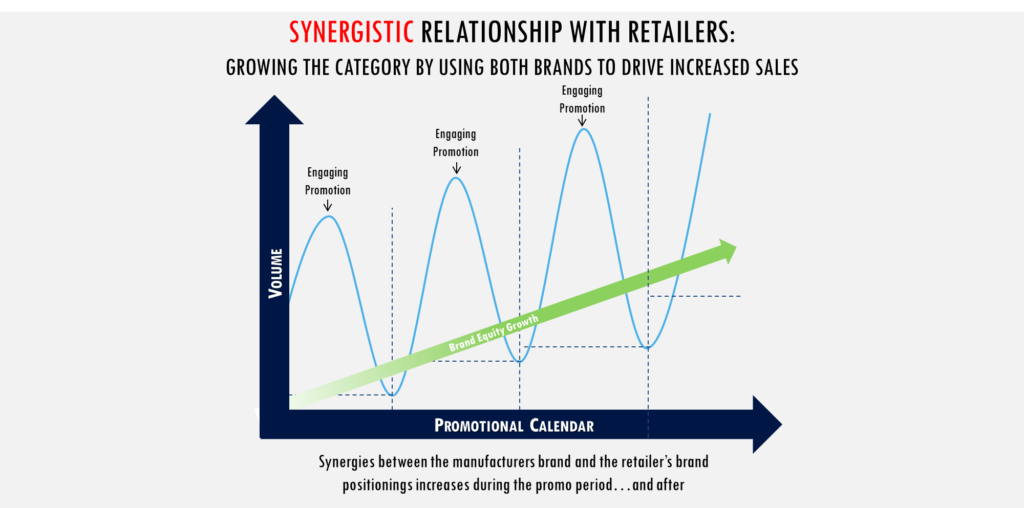
Aligning retailer’s and manufacturer’s brand positioning strategies
To do this we need a trade marketing strategy that can truly build a partnership with our retailers. We can’t just use ‘partnership’ as a buzzword. We need to develop a partnership in creating a win-win synergy that builds our brand just as it builds the retailer’s brand. And that is exactly what P&G did with Tesco in Poland. Do the same! You know your brand strategy. You have also figured out what your competitor’s positioning and brand strategy is. So do it for your retailer. Your key account manager is a great source of information. They’ve spent many hours talking with the retail buyers and merchandising managers. If you go into the stores with them and do some online research on the retail chain’s communications over the last few years, you’ll have a pretty good idea of how the retailer wants to position themselves in the market.
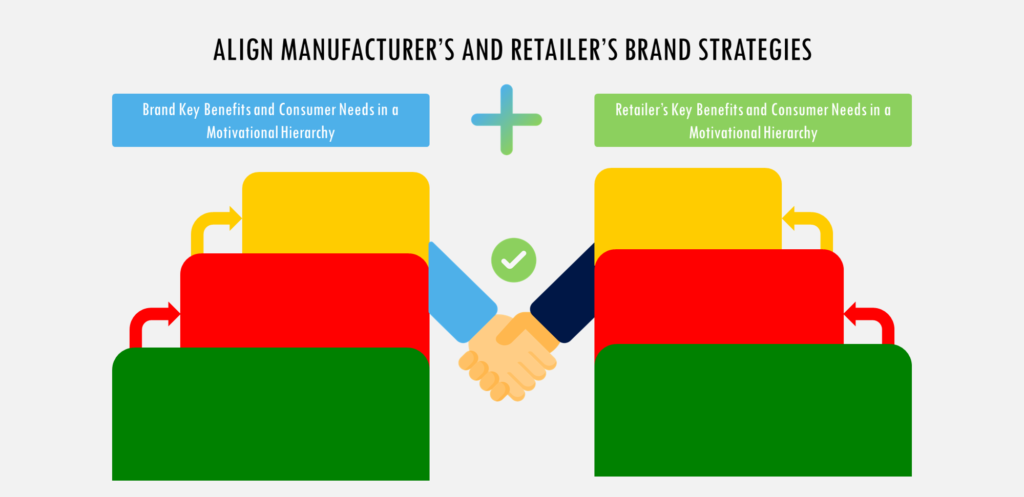
It’s a relatively simple process to develop an accurate position strategy for the retailer. Simply talk to your salespeople who call on a particular retailer and look online at the retailer’s communications over the last few years. Then confirm your perceptions of the retailer’s brand strategy with the key account manager. The retailer will welcome the opportunity to have you align your promotional activities with what they are trying to do. Here is an example of my perception of Tesco’s brand position as one of the largest retailers across Europe.

And I already knew the positioning for my brand:
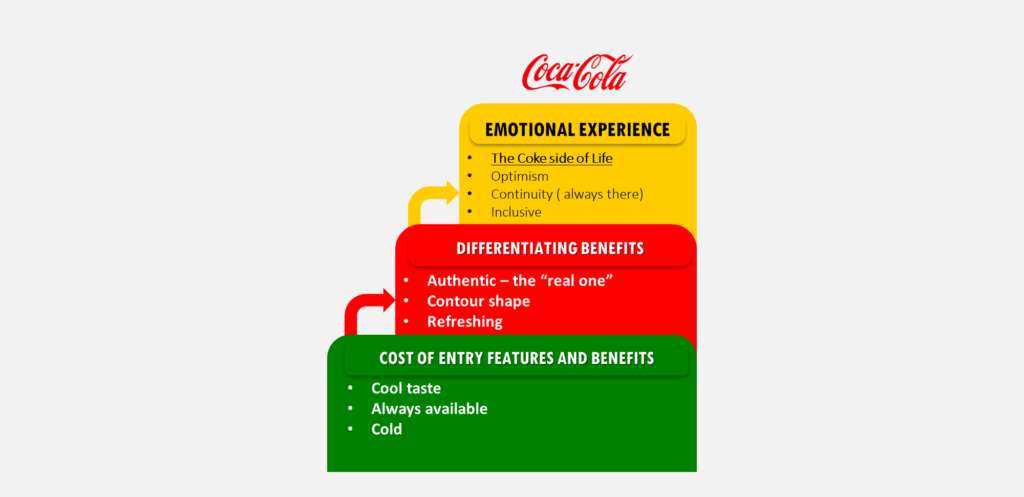
It was a relatively simple exercise to link the two with an aligned Coke/Tesco brand strategy that included what each brand shared. Now we had marketing and sales working together with Tesco on how we could all grow our businesses in an aligned marketing strategy and how we communicated that strategy in-store.
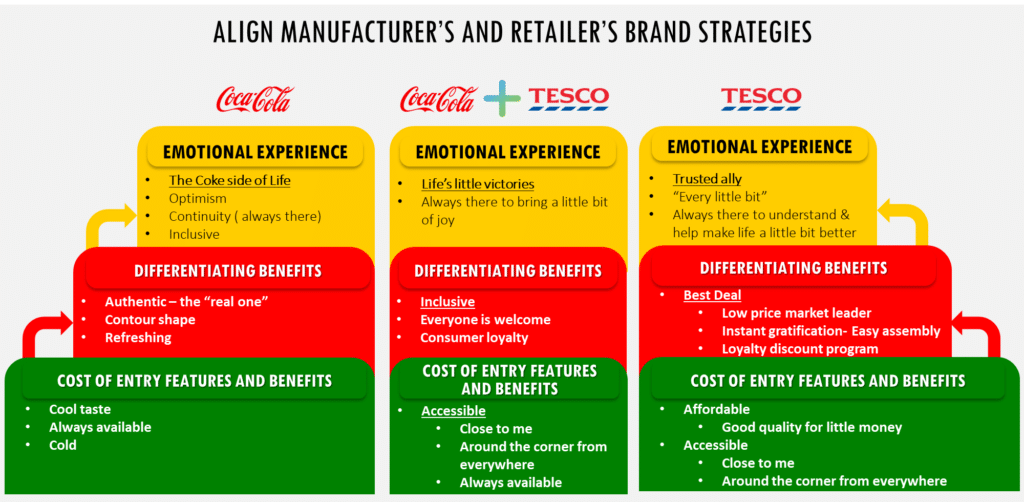
In-store brand communications
In their brand communication, Tesco shows the shopper that they are on their side with their slogan every little bit helps. So, we started our joint trade marketing strategy with a poster as the shopper entered the store that demonstrated in an amusing way that we understood what moms experience when they are shopping with their kids. They want to spend time together, but the kid also has an agenda to use the opportunity to get mom or dad to buy things they want. Using the back-and-forth opening mechanism for the entry doors as a creative device we were able to illustrate this give-and-take experience. The kid in the picture wants to put a toy car in the cart but as the doors open, the cart pulls back. This immediately engaged the shopper and communicated that Coke and Tesco knew and appreciated the challenges of being a shopping mom.
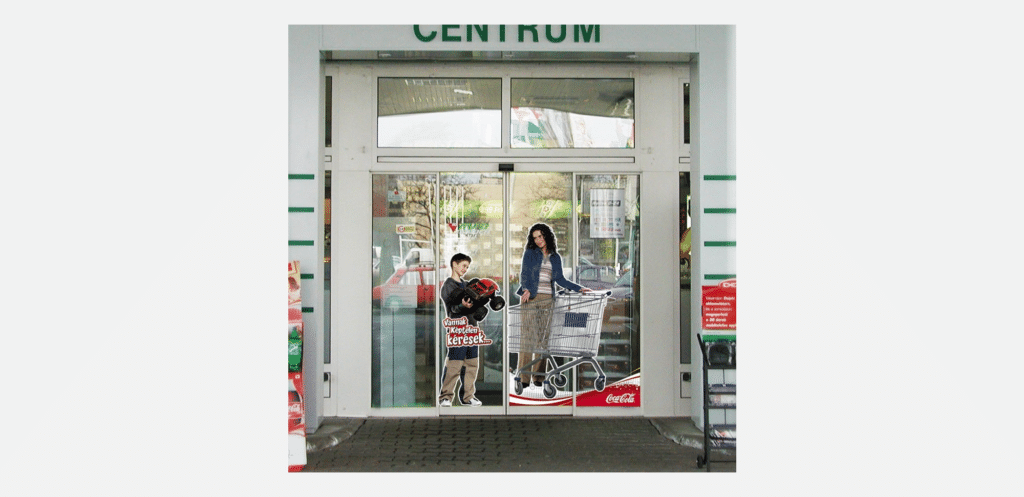
Identifying relevant in-store message locations
We then mapped the layout of the store identifying where we could engage different types (segments) of moms with a message that fit our aligned Tesco and Coca-Cola brand strategy. Our team shared our human-centric lifestyle and psychographic segmentation that we had developed with local market research with Tesco management and were able to demonstrate in a meaningful and relevant way how Coke’s local market expertise could help increase sales not only for Coca-Cola products but for other products that Tesco sold throughout the store. We showed how we could build the overall Tesco brand in line with their own brand strategy – every little bit helps.

Trade marketing implementation
We then briefed our creative agency to develop a series of floor stickers around the communication concept of ‘kids talk’ that we could place in locations like the meat aisle where the retailer enjoyed high margin sales.
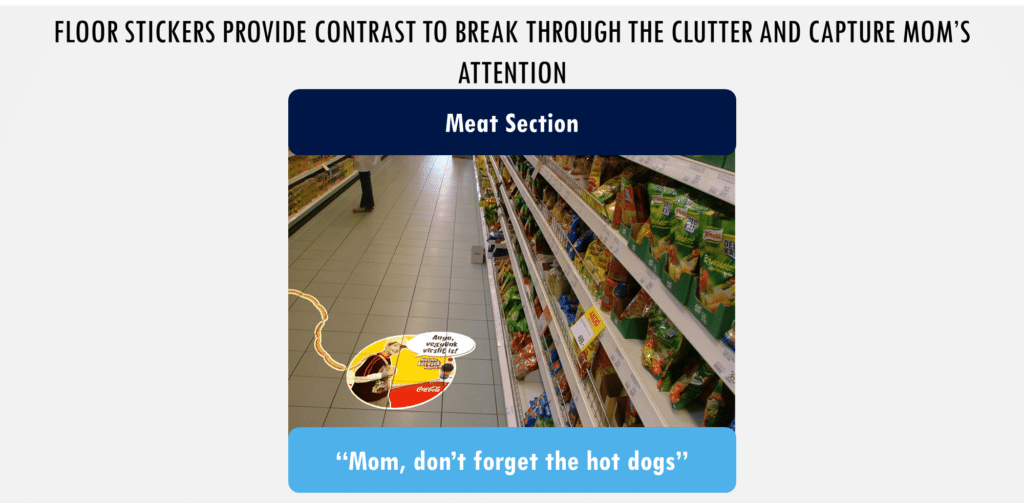
Trade marketing materials in the quick-meal section where busy Balancer moms feel guilty that they can’t make what they feel is a properly prepared dinner from scratch, made it okay to rely on ready-to-eat sauces and frozen meals because of their busy schedule balancing work and home life. This strategy also added a small cooler in the aisle so mom could get a cold 2L bottle anticipating that she likely wouldn’t have time to cool it down in the refrigerator when she got home. The message? Coke and Tesco are there to make the experience better and ease the guilt with a treat for the kids.
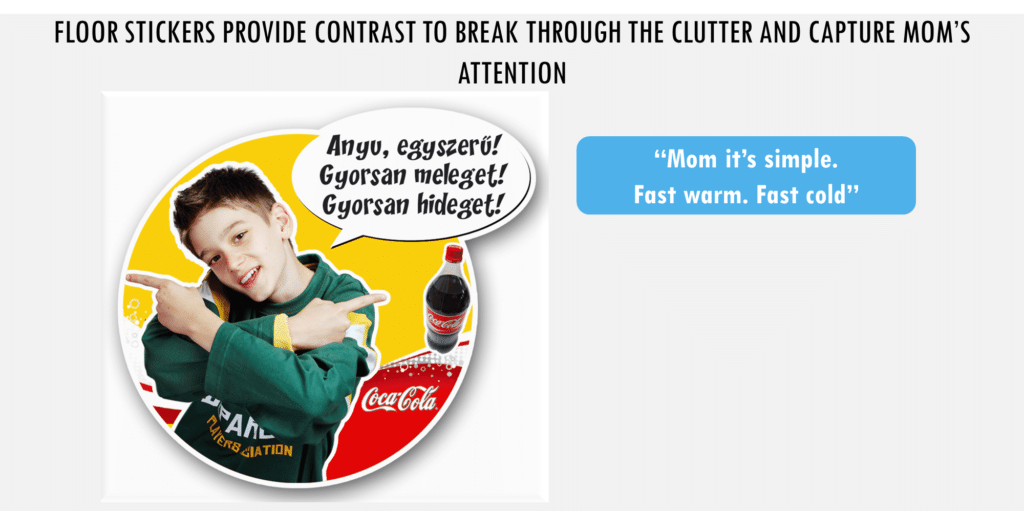
And finally, in the beverage section we wanted to leverage the wide range of beverage brands the Coca-Cola company has in a way that fit the strategy of letting moms know we understood how difficult it is to satisfy the tastes and preferences of everyone in the house. We let them know that we’ve got it covered.
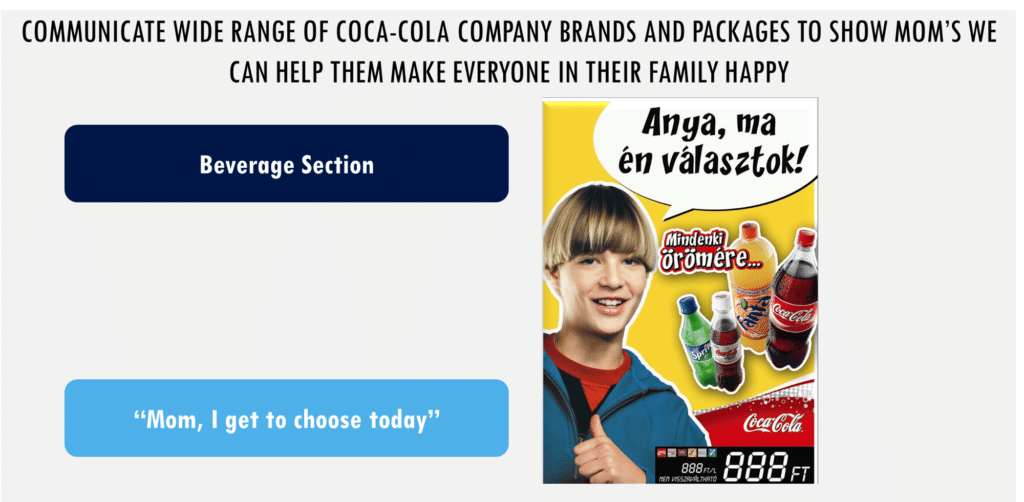
The results of Coca-Cola’s trade marketing strategy
Our team knew how to market to teens and young adults in traditional media and even on social media, but since retiring the beloved Polar Bears that appealed to moms, we had failed to engage the gatekeeper. We were struggling to increase volume, especially with in-home consumption of the once popular 2L bottle. Marketing with the retailer in-store not only created a true retailer partnership leveraging their brand positioning as well as our own, but we also significantly increased sales as well.
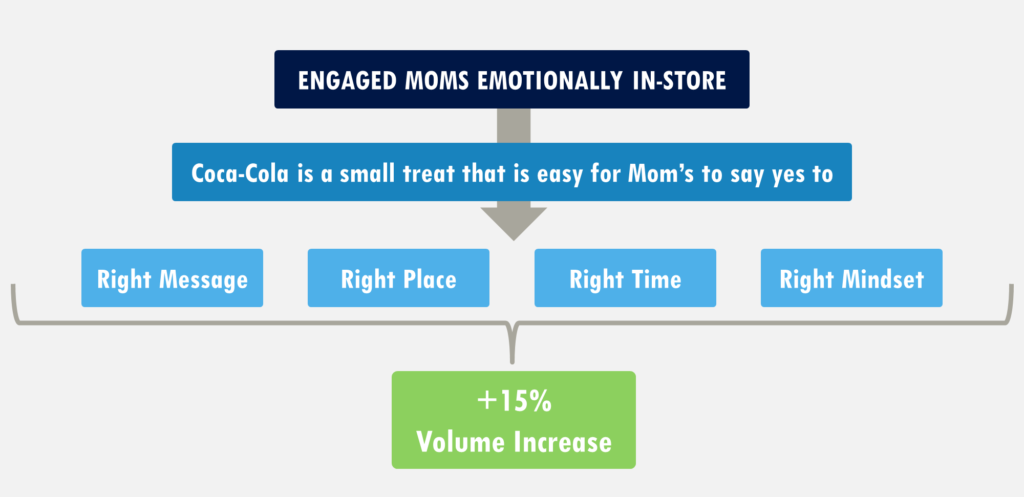
Linking marketing and sales
The question for consumer product manufacturers is not if, but when they will realize the important brand marketing role their sales force can play in their overall marketing efforts. Adding an operational marketing function internally that links marketing and sales will add a capability to build much stronger brand-based partnerships with their retail customers. It works. Not only are leading consumer companies such as P&G and Coca-Cola doing this globally, so are local leading brands like Efes in Turkey. Even some major electronic brands are finding innovative trade marketing ways to collaborate with their retail partners, such as Bosch helping Media Markt to sell quieter washing machines in Italy.
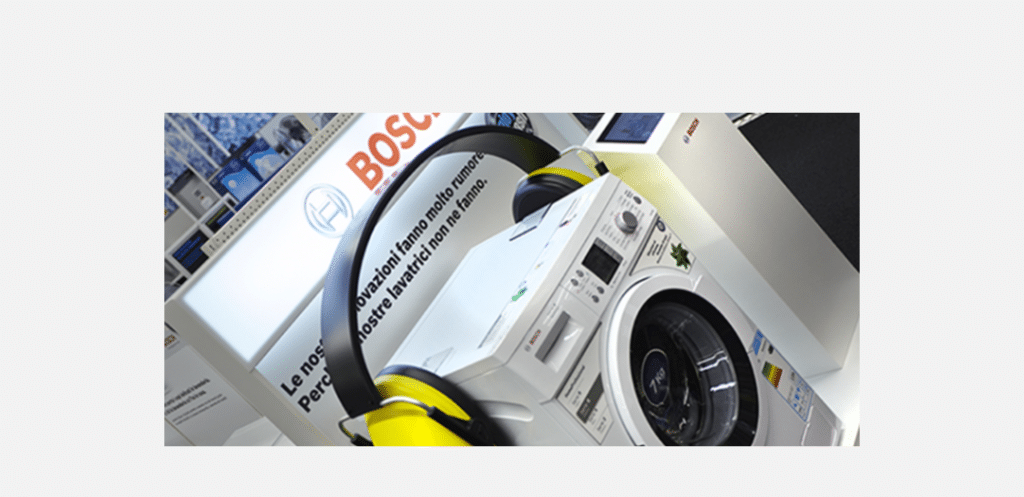
The consumer responds positively to the targeted messaging, the retailer appreciates the effort and the resulting brand and sales impact, and the manufacturer broadens its marketing capabilities through the entire path-to-purchase journey from creating awareness and purchase intent prior to the consumer entering the store to closing the brand communication loop and closing the sale inside the store.

